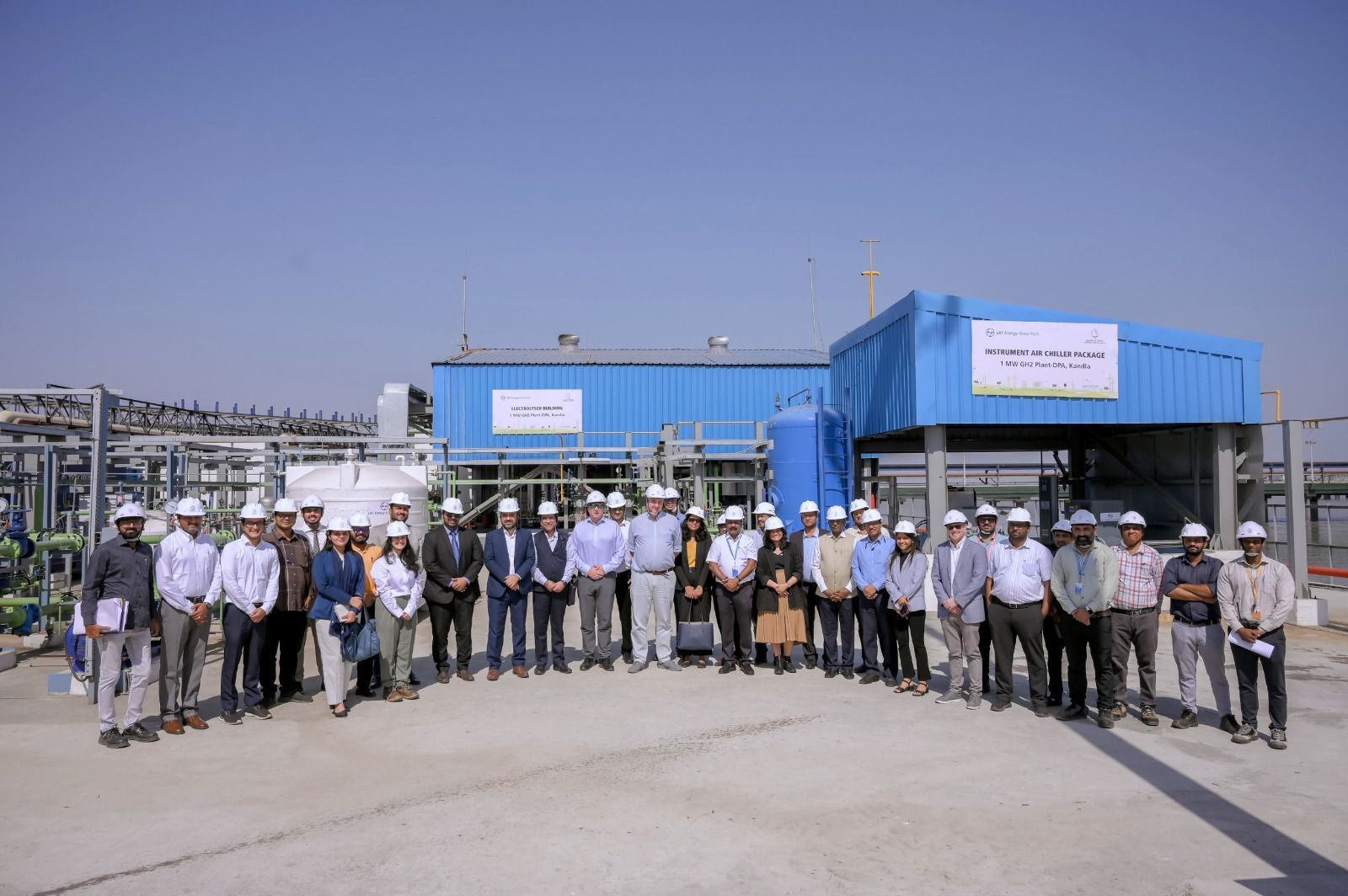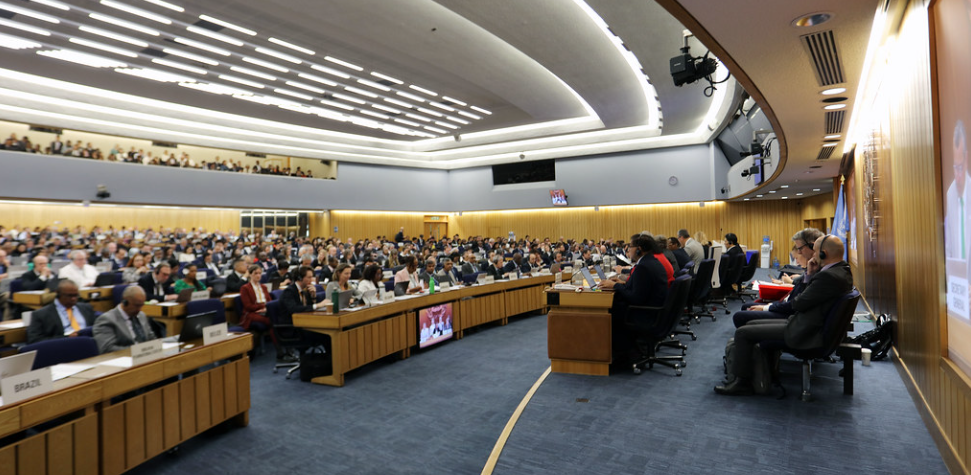Europe’s Ship Recycling Sector Faces Critical Turning Point Amid Push for Circularity and Policy Reform

 May 31, 2025
May 31, 2025
As Europe prepares for the implementation of the Hong Kong International Convention for the Safe and Environmentally Sound Recycling of Ships in June 2025, leading industry stakeholders argue that the ship recycling sector remains hindered by outdated and inconsistent regulations. At the forefront of this policy challenge is the European Recycling Industries’ Confederation (EURIC), which is calling for urgent legislative reforms to bring ship dismantling and recycling in line with the continent’s broader decarbonisation and circular economy ambitions.
“There is other legislation in Europe that is not being applied to ship recycling, and we believe it should be,” explained Antonio Varedo, policy advisor for EURIC. “These include the Clean Industrial Deal, which covers decarbonisation and competitiveness, or the Steel and Metal Action Plan, which talks about increasing the recycling targets of steel.”
Founded in September 2024, EURIC’s dedicated Ship Recycling Working Group aims to fill a critical policy gap. The organisation, which represents over 5,500 companies employing around 300,000 people across 23 European countries, has long advocated for integrated recycling standards across various industrial sectors—from metals and paper to vehicles and construction materials. Now, its new working group is zeroing in on the maritime sector, where outdated frameworks and systemic inertia are stalling the shift toward a circular economy.
A New Era for Global Ship Recycling
The timing of this policy push is significant. The Hong Kong Convention, adopted in 2009 but only now entering into force, establishes international standards for ship dismantling practices. Alongside it, the recent meeting of the Basel Convention Conference of the Parties (COP) in May 2025 has brought new attention to the transboundary movement of waste and end-of-life vessels, setting the stage for a global rethink.
Against this backdrop, EURIC sees an opportunity not just to reform how ships are dismantled, but to revolutionise how materials and components from end-of-life vessels are reused, remanufactured, or reintegrated into supply chains.
“We believe the time has come to push very ambitious standards at the international level,” said Varedo. “And all these new standards should introduce the concept of circularity.”
Bridging Sectors: Lessons from Aerospace and Automotive
In a strategic collaboration with the University of Strathclyde, EURIC is developing new key performance indicators (KPIs) to measure circularity in maritime applications. This research, led by circular economy expert Dr. Sefer Anil Gunbeyaz, aims to benchmark the maritime sector against better-performing industries such as aerospace and road transport.
According to Gunbeyaz, circularity in the ship recycling industry is being stifled by institutional and regulatory resistance.
“The regulations basically do not apply to remanufacturing,” he noted. “Actually, they oppose remanufacturing. Everything is focused on new.”
In maritime regulatory frameworks, components and systems are generally approved based on their “as-new” status, leaving no clear pathway for remanufactured or reused parts to be certified. Insurance providers and classification societies—entities that set safety and technical standards for ships—are described as actively discouraging the use of remanufactured parts, regardless of their technical suitability.
“They have a negative attitude towards any kind of remanufacturing,” Gunbeyaz said. “This institutional resistance creates a market bias toward new equipment, even when remanufactured options would be perfectly viable.”
The impact of this rigidity extends beyond policy. EURIC’s research indicates that psychological and cultural preferences within the maritime industry also lean heavily toward newness, further undermining efforts to adopt circular models.
“People don’t want it,” Gunbeyaz added. “You talk about bringing in remanufactured equipment on ships, and it’s not something that people want to do. What people want is new.”
Aligning Ship Recycling with Europe’s Green Industrial Strategy
EURIC’s Ship Recycling Working Group is advocating for the inclusion of ship dismantling in broader industrial and environmental initiatives, such as the EU’s forthcoming Circular Economy Act, expected in 2026. The Act aims to increase material use efficiency by up to 24%, and EURIC believes this target cannot be realistically achieved without addressing the maritime sector.
“Ship recycling should be explicitly included in these broader circular economy targets,” Varedo stressed.
Currently, ship recycling is often treated merely as a waste management issue, focused on safe dismantling and disposal. EURIC, however, is urging policymakers to reposition ship recycling as a high-value industrial process, capable of contributing to raw material security, emissions reductions, and job creation.
This argument gains additional weight in the context of Europe’s Clean Industrial Deal and the Steel and Metal Action Plan—two flagship policies that target decarbonisation and improved recycling efficiency in the heavy industries. Ships contain massive volumes of high-grade steel, copper, and other metals that, if properly recovered, could significantly reduce the continent’s dependence on raw material imports.
“The circular value of ship recycling is tremendous,” said Varedo. “We are not just talking about scrap. We are talking about reusable, remanufacturable components—pumps, engines, electronics—that could serve many sectors if policy frameworks allowed it.”
Barriers to Progress: Fragmented Regulation and Industrial Inertia
Despite these benefits, existing regulatory fragmentation continues to frustrate stakeholders. Ships are often flagged in non-European jurisdictions, circumventing EU rules like the Ship Recycling Regulation (SRR), which mandates dismantling at approved yards. Moreover, these yards are mostly located outside Europe—mainly in South Asia—raising questions about enforcement, oversight, and labour practices.
While the Hong Kong Convention seeks to address these disparities, its implementation alone may not be sufficient. EURIC warns that unless the Convention is bolstered by more ambitious European policies—ones that fully integrate circularity principles—it may only provide a minimal baseline for environmental and social safeguards.
Varedo also points to industrial inertia as a major obstacle. Even when viable alternatives to linear practices exist, stakeholders often remain wedded to familiar systems. This stagnation is reinforced by technical certification regimes, financial risk models, and entrenched market behaviours.
“Circularity in ship recycling won’t happen through compliance alone,” Varedo cautioned. “It will require leadership—both political and industrial.”
Charting the Course Ahead
With the Circular Economy Act on the horizon and international conventions entering force, 2025 could mark a turning point for the ship recycling industry. For organisations like EURIC, the goal is to ensure that this moment is not wasted.
The Ship Recycling Working Group plans to publish its first policy recommendations in autumn 2025, alongside technical circularity benchmarks developed in partnership with the University of Strathclyde. These benchmarks will aim to quantify the reuse potential of ships at end-of-life, offering policymakers and industry players a roadmap for reform.
“This is not just about ships,” said Gunbeyaz. “It’s about transforming how we think about industrial systems more broadly—how we move from extraction and disposal to recovery and regeneration.”
In the meantime, EURIC continues to call for a unified European approach—one that aligns ship recycling with the continent’s broader environmental goals and economic strategies. The message is clear: if Europe is serious about building a circular economy, then its ships—floating repositories of valuable materials—cannot be left behind.
Author: shipping inbox
shipping and maritime related web portal








